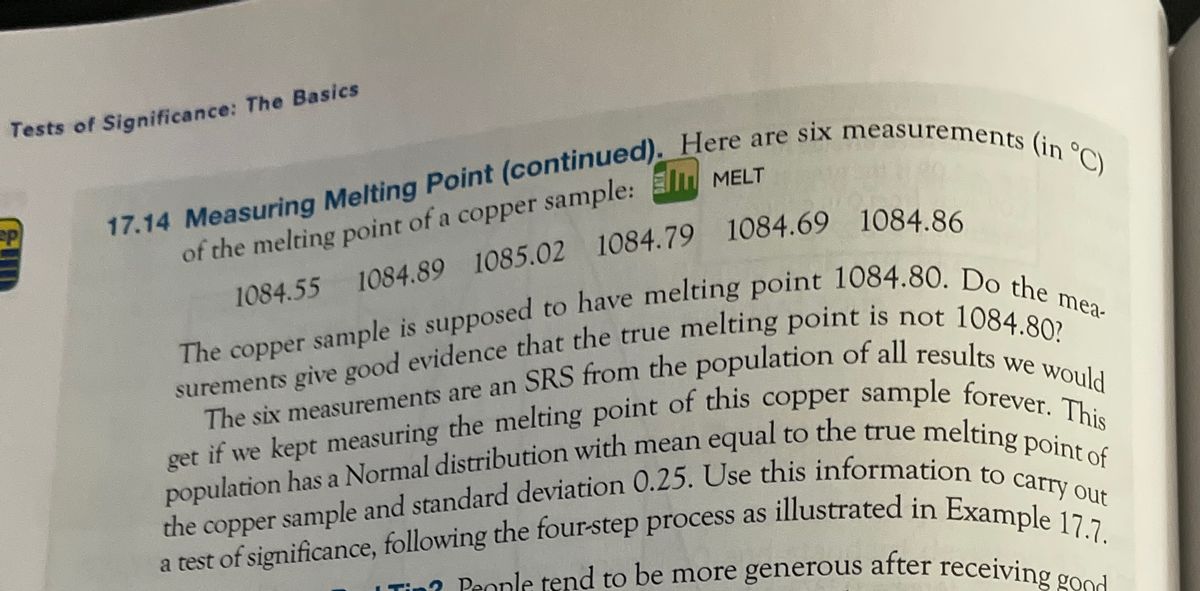

The DigiMelt units must always be kept upright. Sample sizes are small, being just enough powdered material to fill a small capillary tube, and the output reading is accurate to within 0.3 – 0.5C with good reproducibility. The Determination of Melting Points Melting points will be determined by using one of the DigiMelt units (Figure 1.1). Digital control means that the sample is heated, the melting point recorded, and the apparatus cooled ready for the next sample is just a few minutes, without operator intervention. The modern melting point meter is faster and more accurate, providing reproducible results which do not rely on the skill of the individual operator and which can be printed for a permanent record. Why then, should one invest in an automated melting point meter? While it is possible to manually heat a sample and observe it, perhaps through a microscope, to determine melting point, this is a cumbersome and unreliable approach. It is also a technique which it is possible to complete, without specialist equipment. The determination of melting point is a fundamental technique in sample analysis, yielding essential information on material composition and purity. The advantages of automatic and semi-automatic measurement This effect is used to identify the degree of impurity of the substance. As a result, most substances that are examined with a melting point meter have a melting interval. Even impurities during the manufacture of chemicals cause this melting point to expand to a melting interval.

Due to impurities, such as impurities or dopants, most substances have a melting interval (beginning of the melt to completion of the melt) of a few degrees Celsius. A well-defined melting point is only given for 100 percent pure substances. The purity of substances can also be qualitatively measured via melting point. The determination of the melting point is of great importance in the identity test, since many substances can be determined by their melting point. Includes protective cover and 100 capillaries.With RS-232 interface for printer CBM910.Monitoring of the illuminated sample via lens.The display provides a wellarranged readout of all important measuring data. Thanks to the preheating rate and the integrated fan cooling, fast measurements are possible in any temperature range.

Due to the triple capillary intake, it is possible to analyse three samples within one measurement run. The M3000 provides fast and easy examination of powdery substances with a melting point up to 360 ☌. Want to master Microsoft Excel and take your work-from-home job prospects to the next level? Jump-start your career with our Premium A-to-Z Microsoft Excel Training Bundle from the new Gadget Hacks Shop and get lifetime access to more than 40 hours of Basic to Advanced instruction on functions, formula, tools, and more.Semi-automatic measurement using 10x observation optics Measure melting points in the chemistry labĬlick through to watch this video on If you ever come across a chemical you do not know the hazard of you must assume that is very hazardous until you find otherwise. In each case the range of temperatures a compound melts is recorded and compared with known data.Īlways make yourself aware of the hazards associated with the chemicals involved in a practical before you even start. The apparatus used to measure melting points can be simple oil baths to 'hot-stage' apparatus where the melting process is observed with the aid of a microscope. A pure compound will melt over a relatively narrow temperature range, impurities both lowering temperature and widening the range over which it melts. The measurement of melting points is a relatively straightforward procedure that is carried out to determine the purity of a compound or to assist with its identification.
#Melting point measure how to#
This video tutorial will teach you how to measure melting points in the chemistry lab. The ILP is quite simply a visual guide to common laboratory techniques. The aim of the ILP is to address the diverse range of experience and skills students bring with them to a university by offering a resource to support their transition from school to the university chemistry laboratory. The Interactive Lab Primer (ILP) has been developed as part of the Royal Society of Chemistry Teacher Fellowship Scheme, one of the themes of the Chemistry for Our Future program, and initiative which aims to secure a strong and sustainable future for the chemical sciences in higher education.


 0 kommentar(er)
0 kommentar(er)
